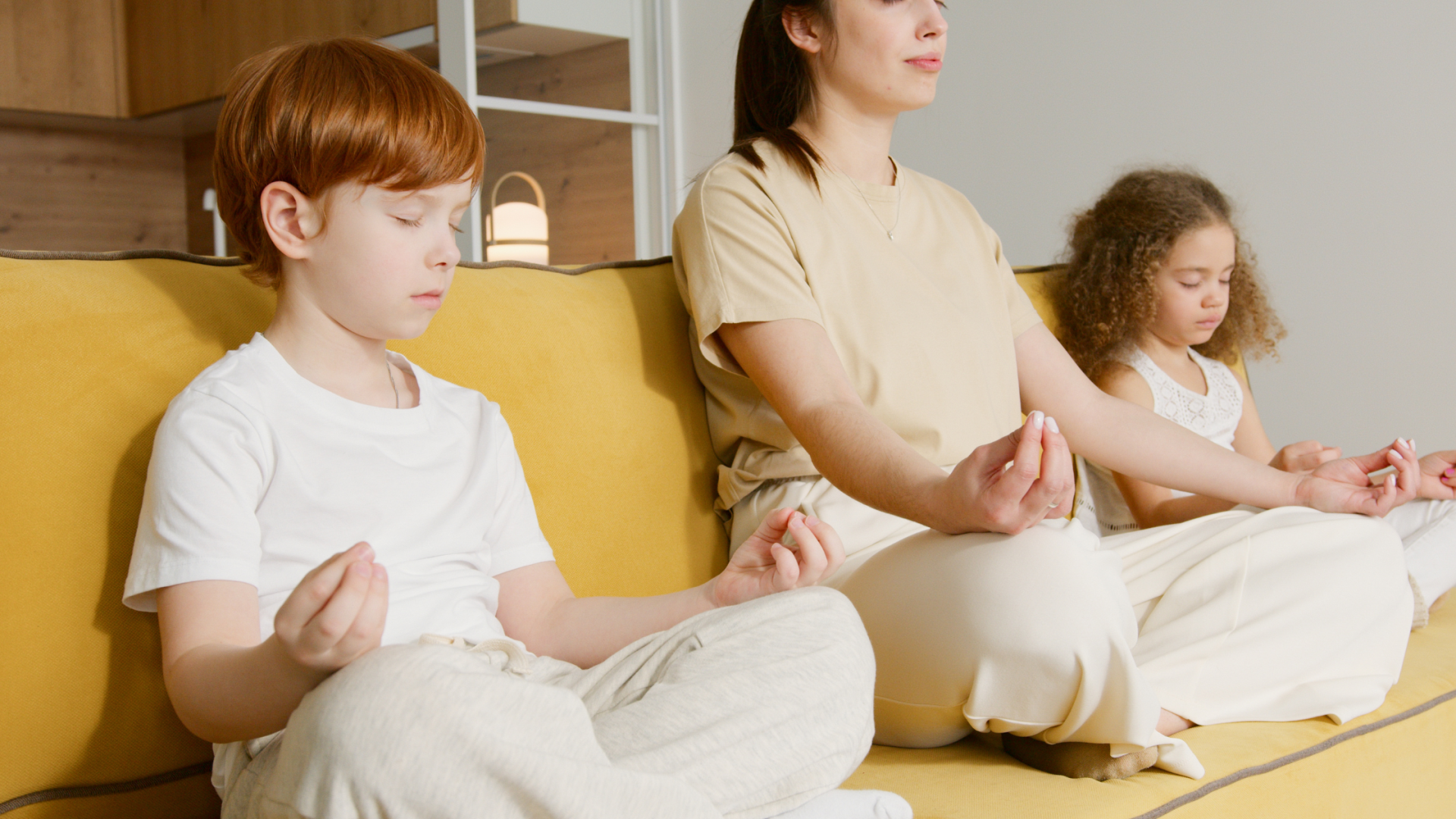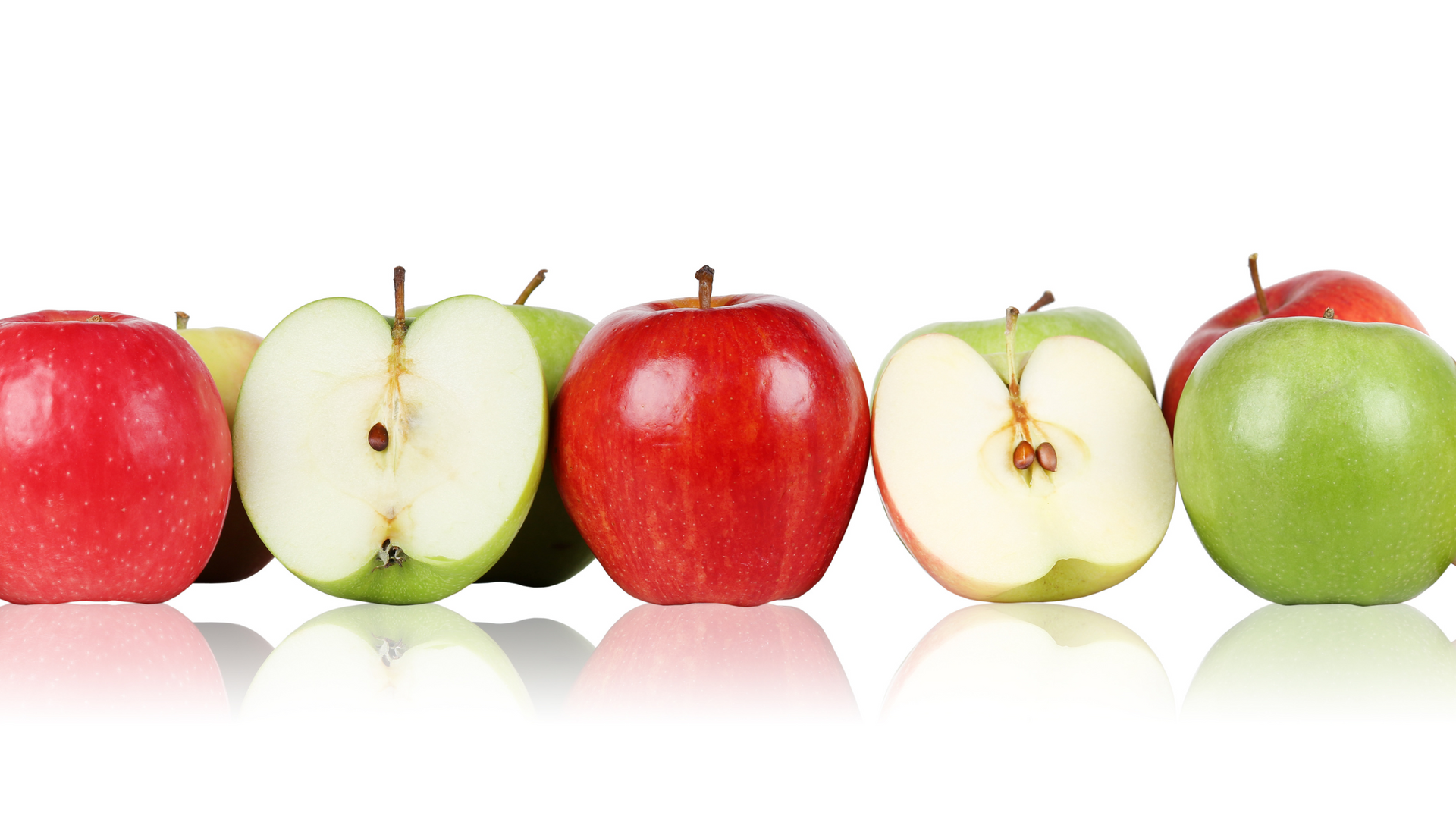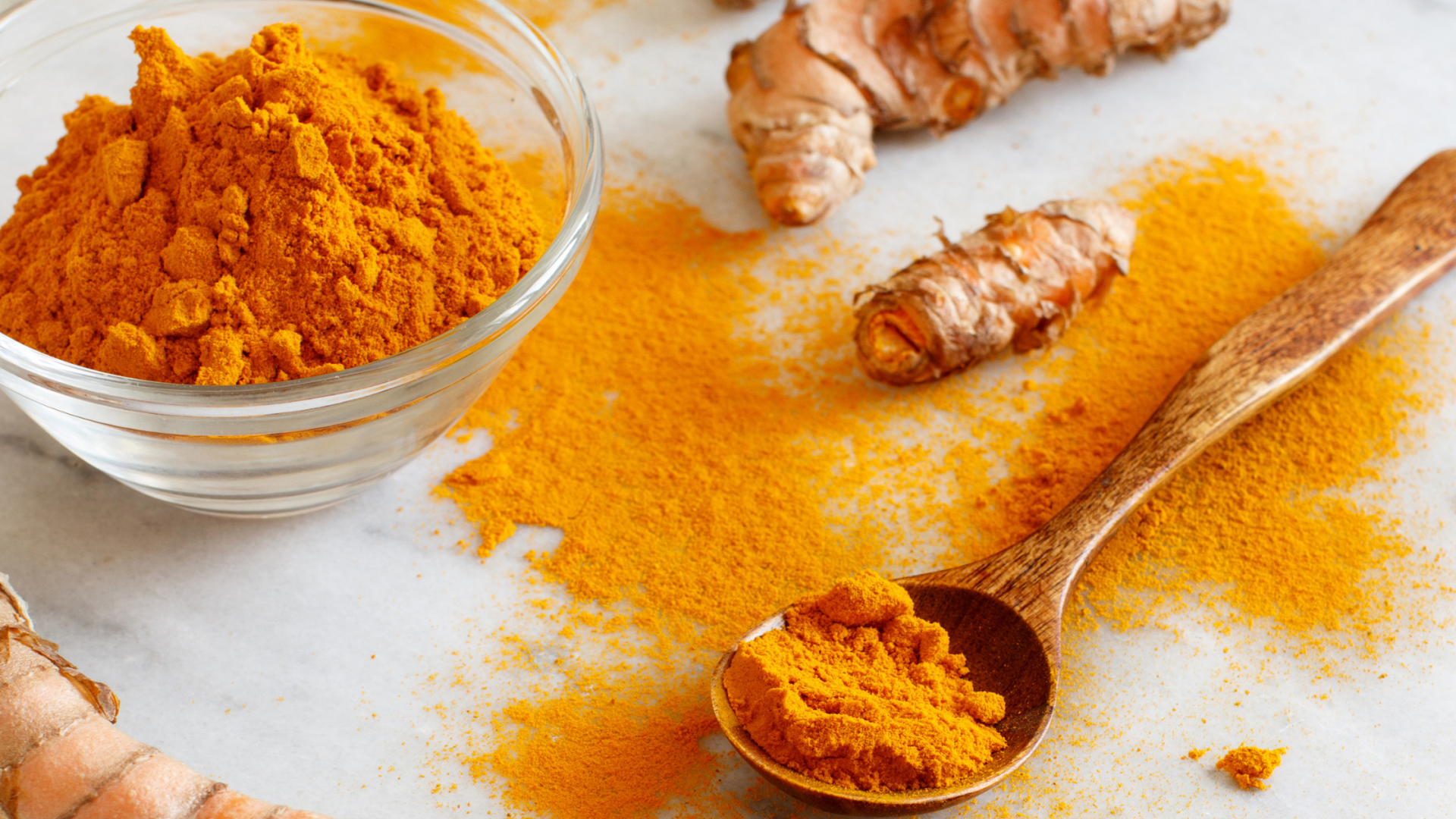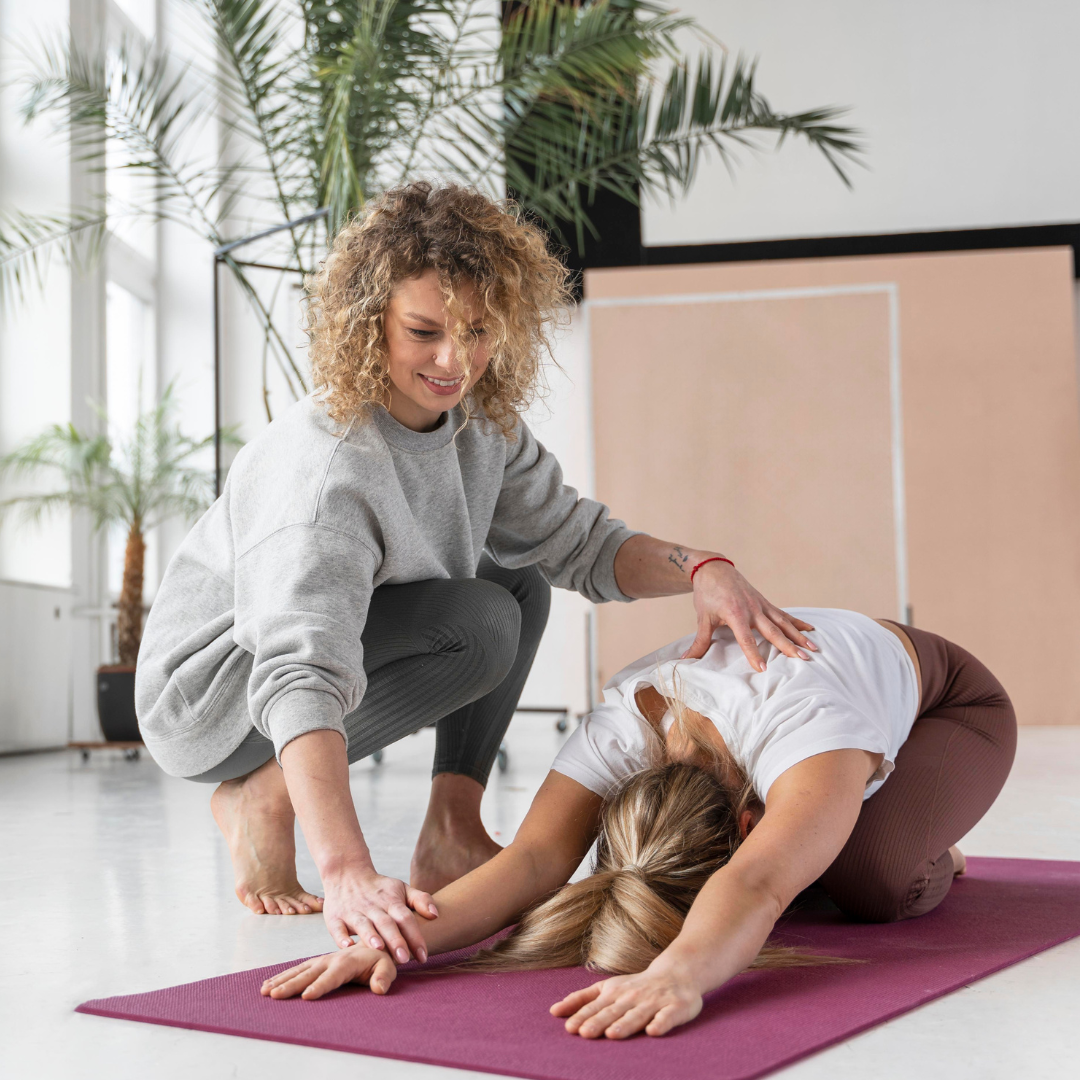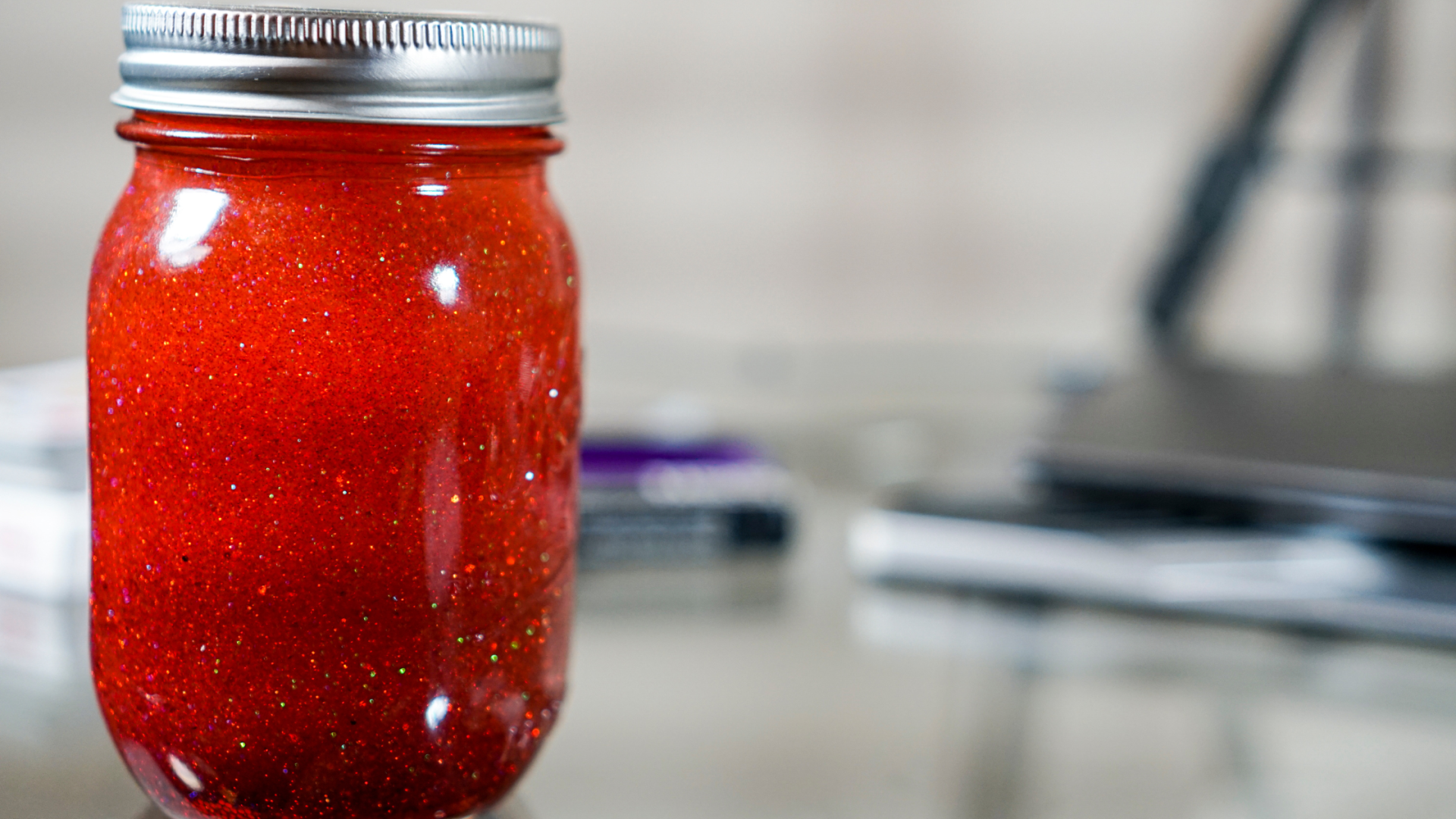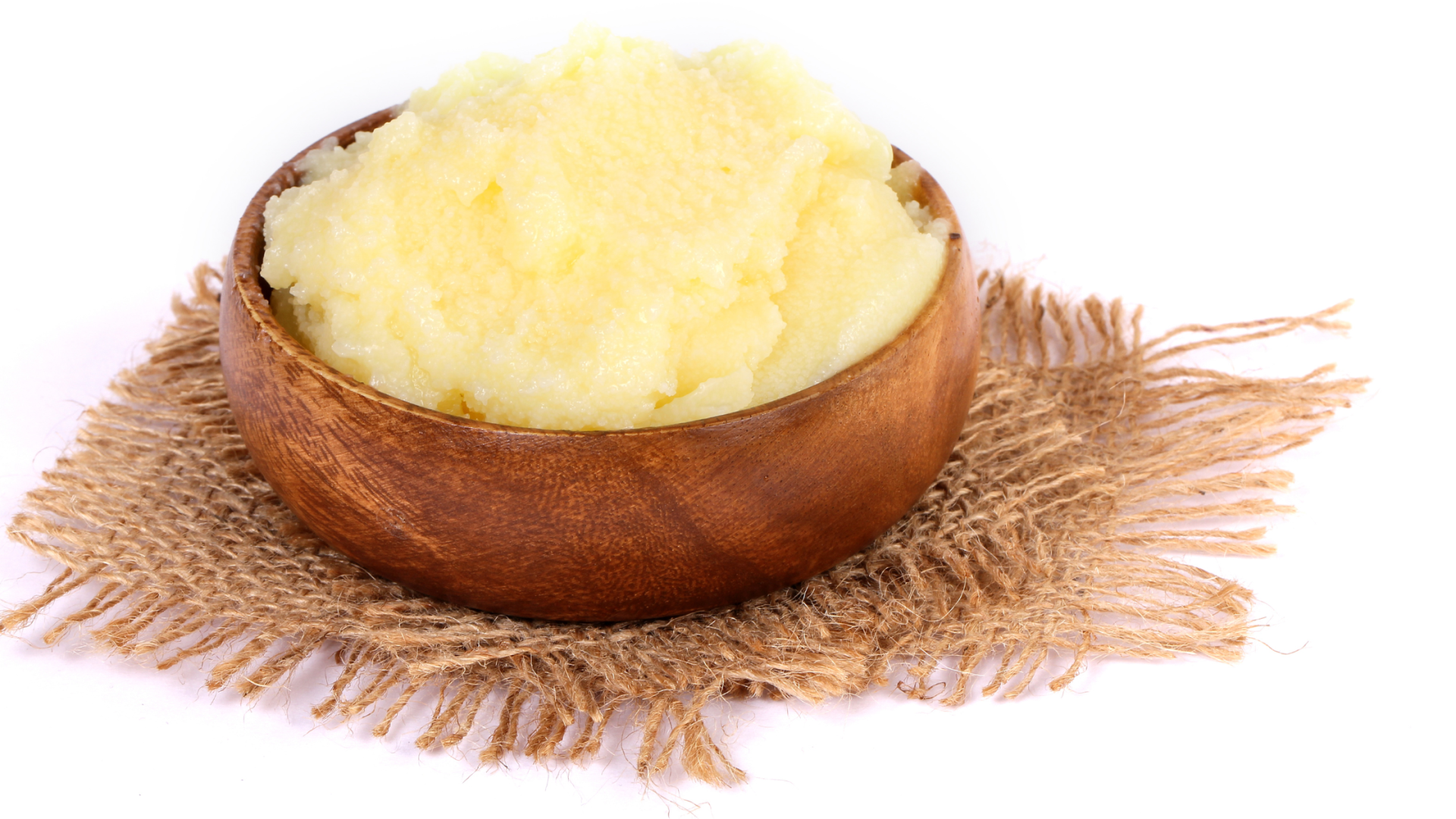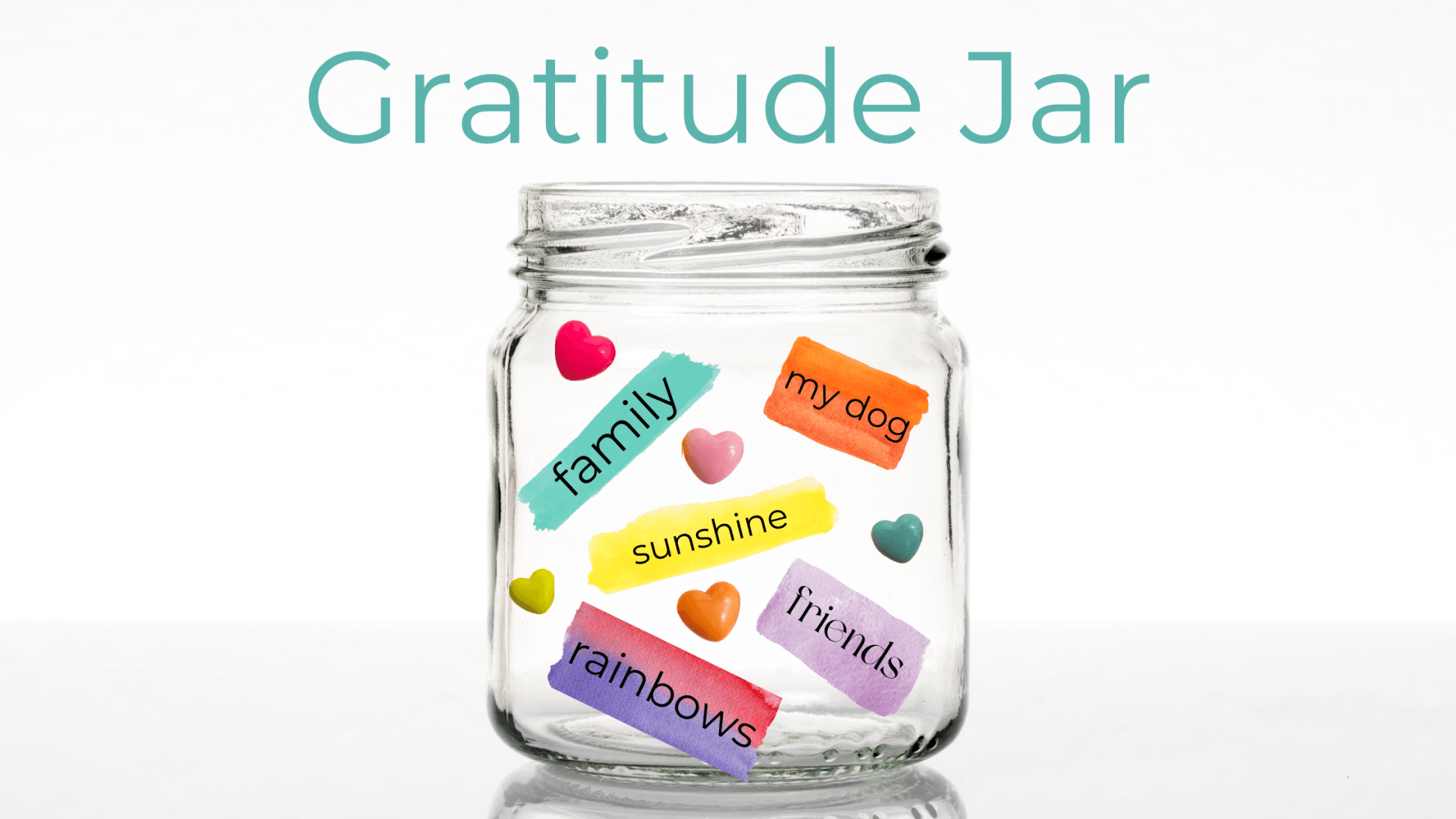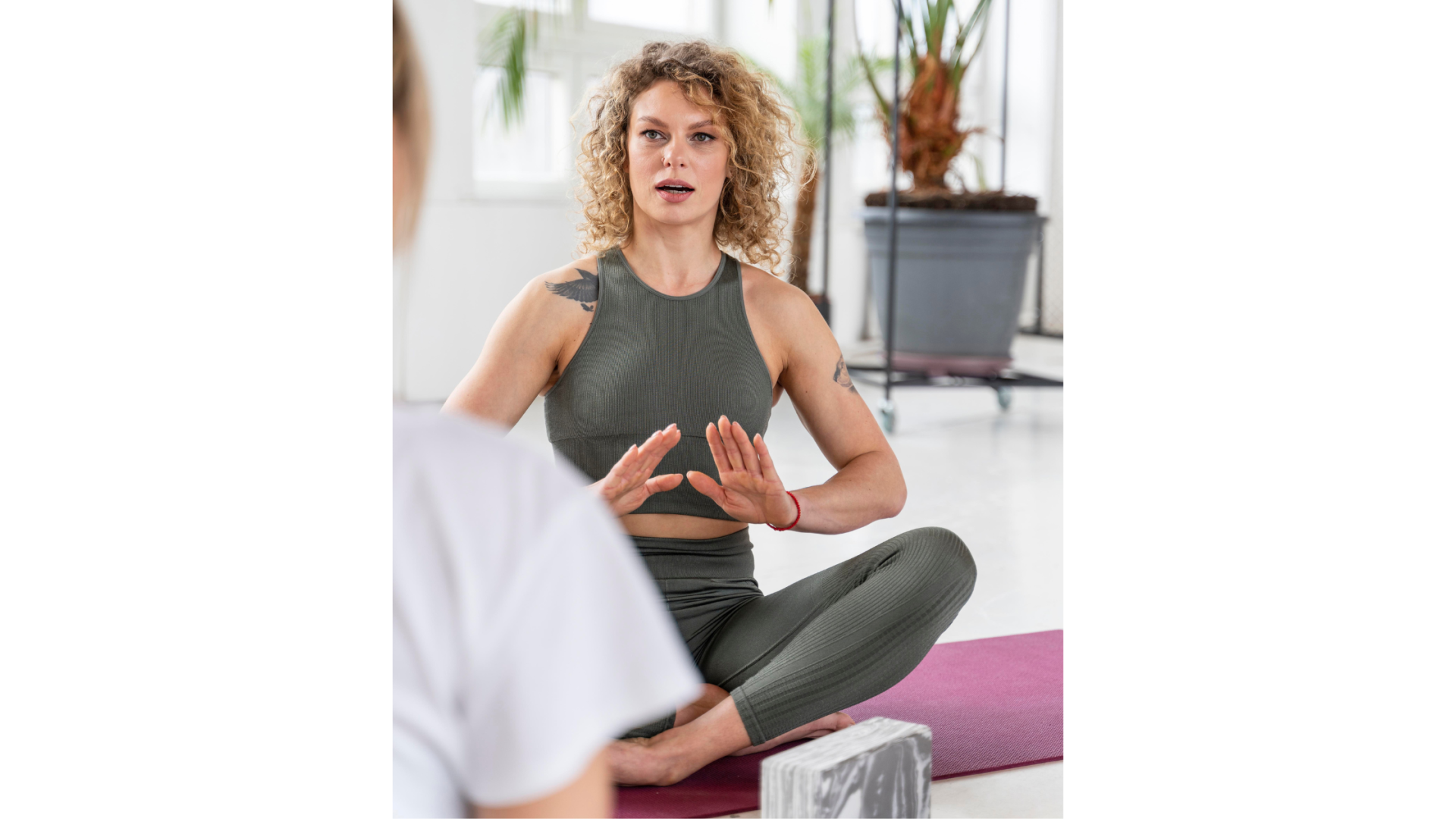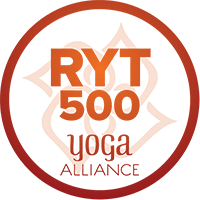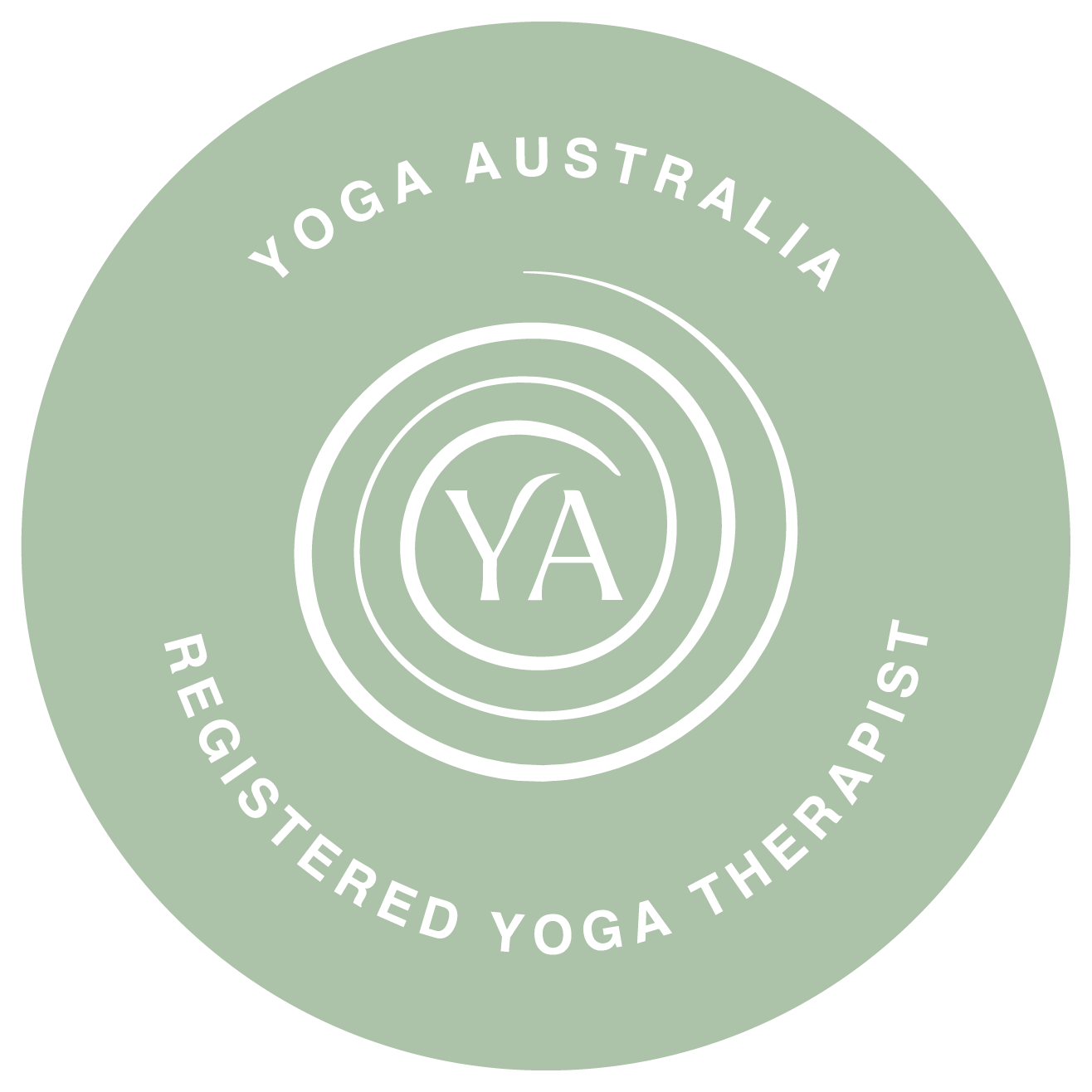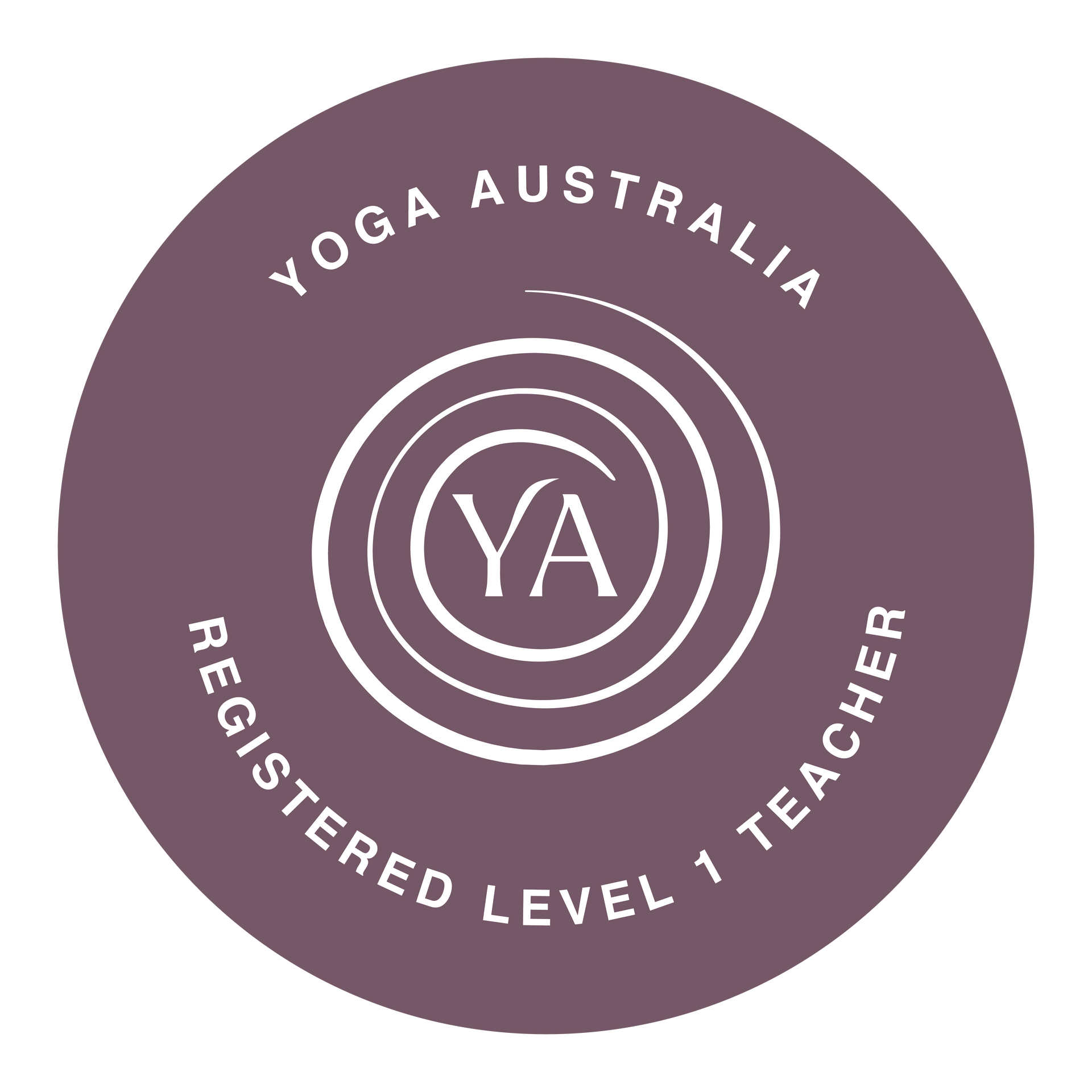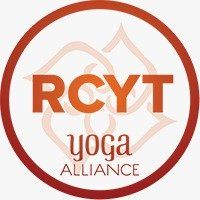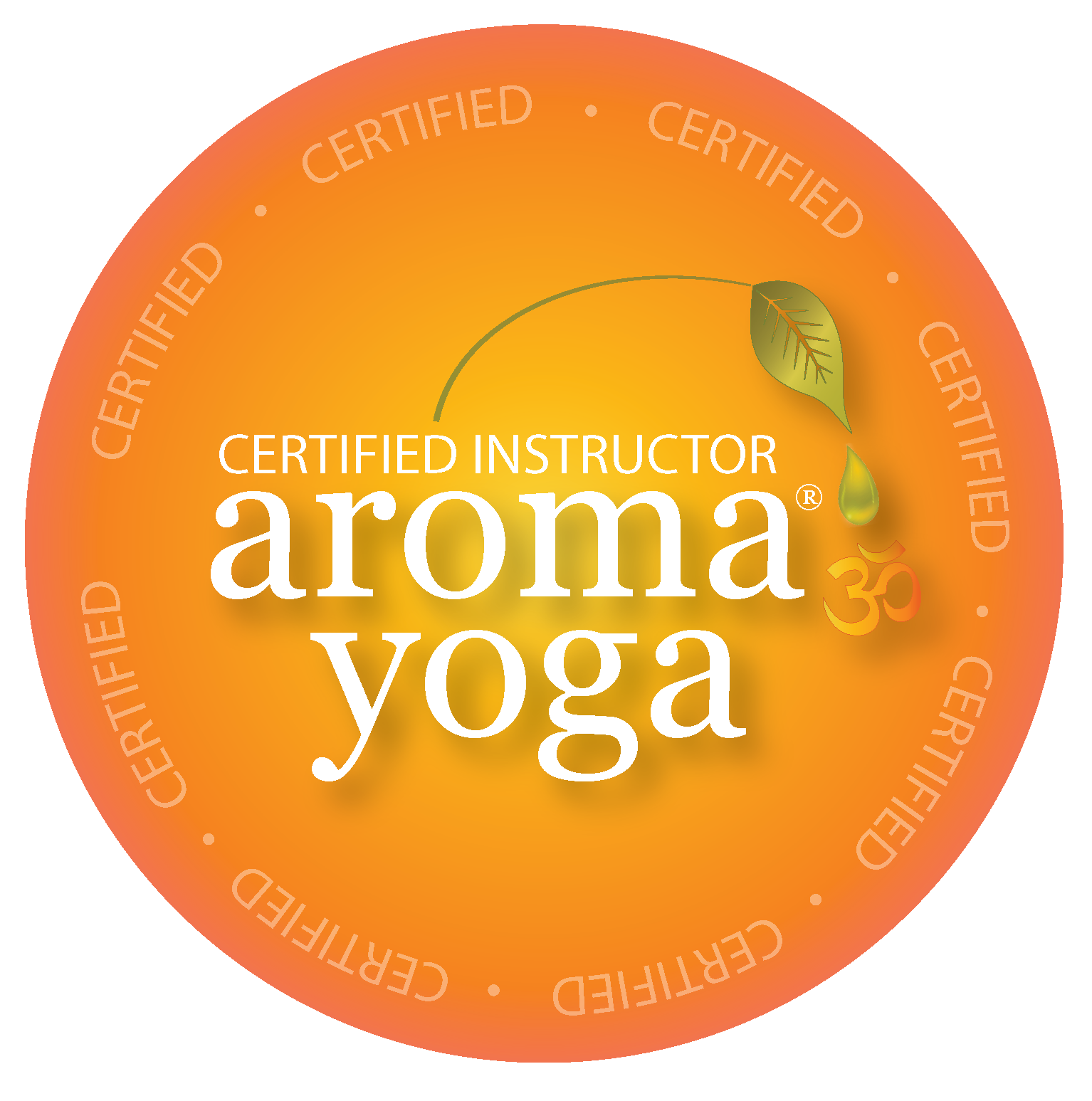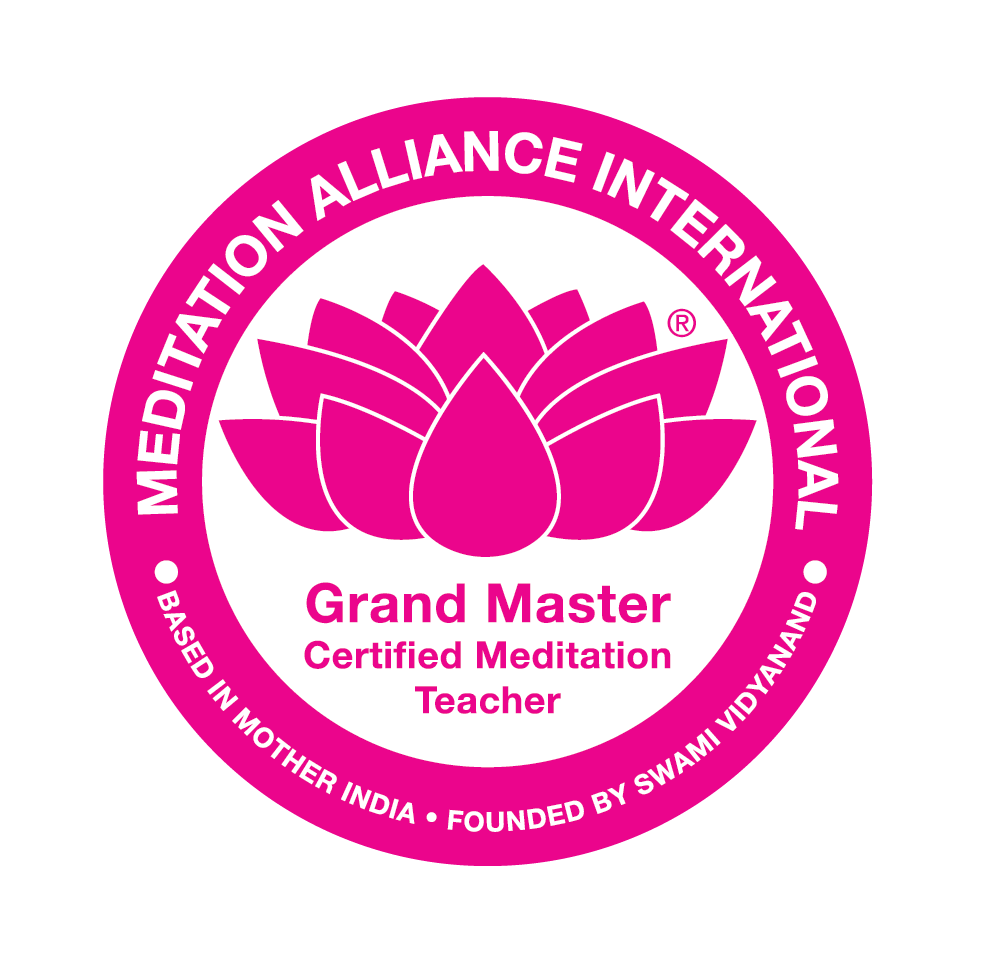Meditation Practice for All Ages
Sa Ta Na Ma
Meditation can be practiced by all ages. It is a wonderful practice to do as a family, or on your own. Here, I'm going to share a meditation practice that combines sound and finger movements, or mudras. Even the youngest of kids can join in this practice which can be wonderfully calming and help bring focus to your day. This combination of mudras and mantras makes it even more powerful.
When performed, this practice, also known as Kirtan Kriya activates all of your senses, awakening your brain and rejuvenating your energy. It involves the combination of focused breath work, singing or chanting (and whispering), finger movements (called “mudras” or "dancing of the hands"), and visualization.
Sa Ta Na Ma
- Sit in Easy pose (legs crossed on the floor) or in a chair with your spine straight. Any position that is comfortable for you.
- If it is accessible for you, close your eyes (and focus at the third eye if possible)
- Begin with your hands on your knees or lap, palms facing up and just bring awareness to your breath
- Use your thumb to tap each finger in turn, starting with the index finger, then the middle finger, ring finger and pinky finger. Then return to start.
- As you tap the index finger you say Sa
- As you tap the middle finger you say Ta
- As you tap the ring finger you say Na
- As you tap the pinky finger you say Ma
- The breath will come automatically as you chant, so don't try to change or force the breath

There are a number of ways you can practice this Mantra and Mudra. Speaking, singing, whispering the words can all be done. Examples of a practice are:
- Whisper one sound each time you tap a finger. Sa- index finger, Ta, middle finger etc…
- Whisper the mantra for 2 minutes, then chant it loudly for 2 minutes more
- Or Whisper for 2 minutes, then repeat silently for 2 minutes more
- Or Chant loudly for 2 minutes, whisper for 2 minutes, repeat silently for 2 minutes
- At the end, inhale, hold your breath for 10 seconds, exhale
Saying the sounds out aloud creates a small vibration in the throat which is believed to trigger a relaxation response. You can also follow along to a recording, such as this one:
What does the Mantra Mean?
This mantra represents the cycle of creation:
- Sa means infinity
- Ta means life or existence
- Na means death
- Ma means rebirth
Benefits of Sa Ta Na Ma Meditation
According to the Alzheimer’s Research and Prevention Foundation, this meditation is becoming scientifically recognised as a powerful tool for preventing or stopping Alzheimer's Disease, increasing all aspects of cognitive function, (perception, thinking, reasoning and remembering) and reducing stress levels while improving short term memory.. They recommend a 12 minute practice consisting of:
- 2 minutes out loud
- 2 minutes whisper
- 4 minutes silently
- 2 minutes whisper
- 2 minutes out loud
Benefits of the Mudras in Sa Ta Na Ma
The mudras in the meditation practice are also used for a variety of benefits:
- Gyan Mudra - Vaayu Vardhak
- This is the connection of the tip of the thumb and the tip of the index finger held while chanting SA
The connection of the tip of the thumb and the tip of the index finger (the Jupiter finger), held while chanting SA - This mudra brings us knowledge, expands our field possibilities and releases us from limitations
- This connection of the thumb and index finger increases the air element within the body creating positive effects on the emotions, empowering the nervous system, stimulating the pituitary gland and the entire endocrine gland system.
- Shuni Mudra – (Akaash Vardhak)
- This is the connection of the tip of the thumb and the tip of the middle finger held while chanting TA
- The connection of the thumb and middle finger give us patience, wisdom and purity
- The connection of the thumb and middle finger increases the ether or space element within the body, creating positive effects on our thoughts and intuition. It is also believed to detoxify the body through elimination and relieve a variety of congestions
- Surya Mudra – (Ravi Mudra & Prithvi Vardahk)
- This is the connection of the tip of the thumb and the tip of the ring finger held while chanting NA.
- The connection of the thumb and ring finger brings us vitality and aliveness
- The connection of the thumb and ring finger is said to increase the earth element within the body while at the same time decreasing the fire element. This creates positive effects on our bodily tissues such as bones, muscles, tendons and inner organs. It is said to increase endurance, strength and vitality.
- Buddhi Mudra – (Jal Vardhak)
- This the connection of the tip of the thumb and the tip of the pinky finger held while chanting MA
- The connection of the thumb and pinky finger aids clear communication
- The connection of the thumb and pinky finger reduces the water element within the body. This helps to reduce challenges of excessive hormones, and water retention. It decreases watery eyes, runny noses and loose bowels.
Research also shows that by using the Hand mudras in conjunction with the sounds improves blood flow to areas in the brain that control motor sensory and memory.
Sa Ta Na Ma is a meditation practice that is simple enough for all ages to practice, and as you can see has many health benefits. Why not try this practice out with your family, or on your own. You can practice alongside a recording, or on your own at your pace, speaking, whispering or silently, or a combination.
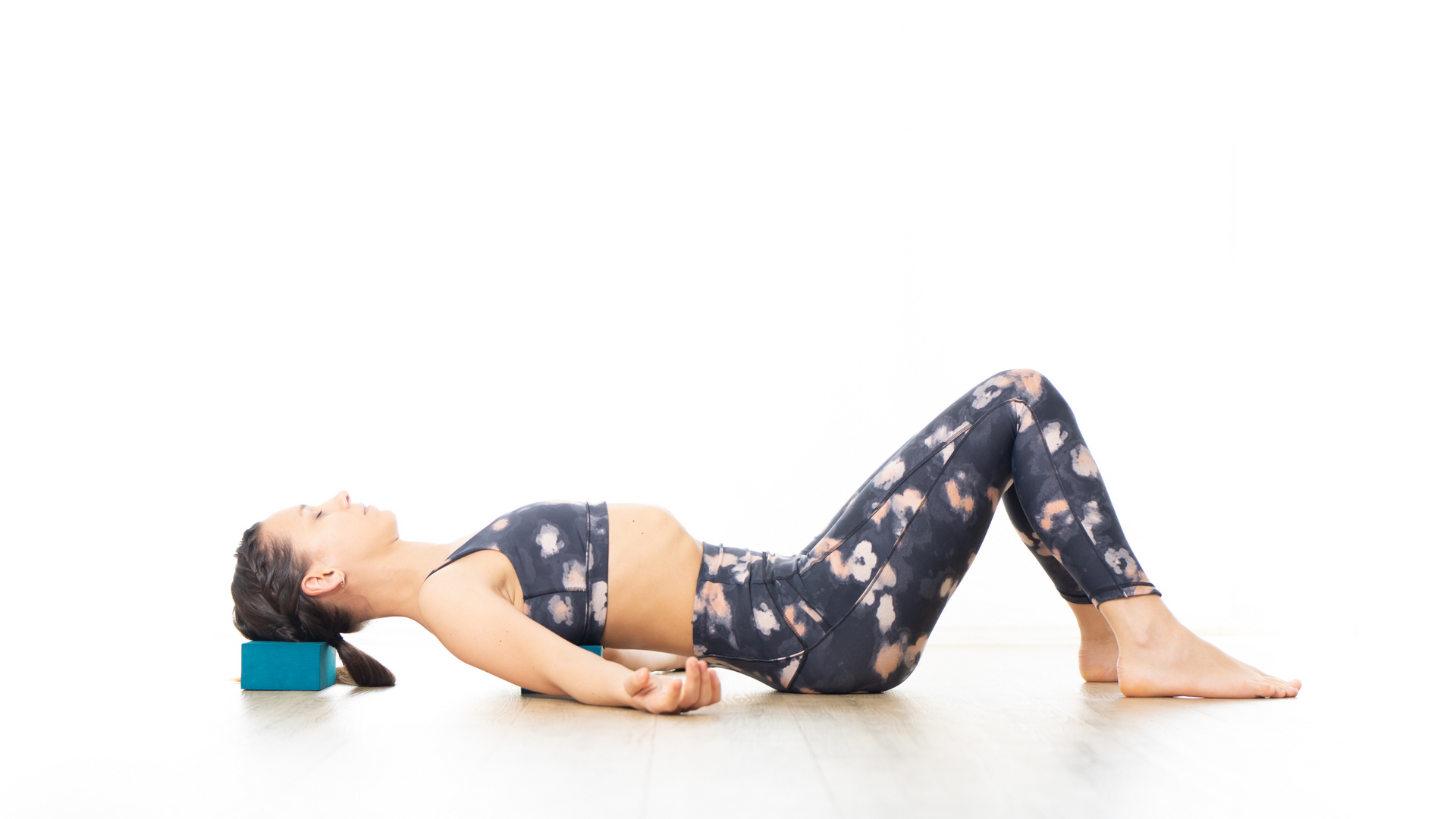
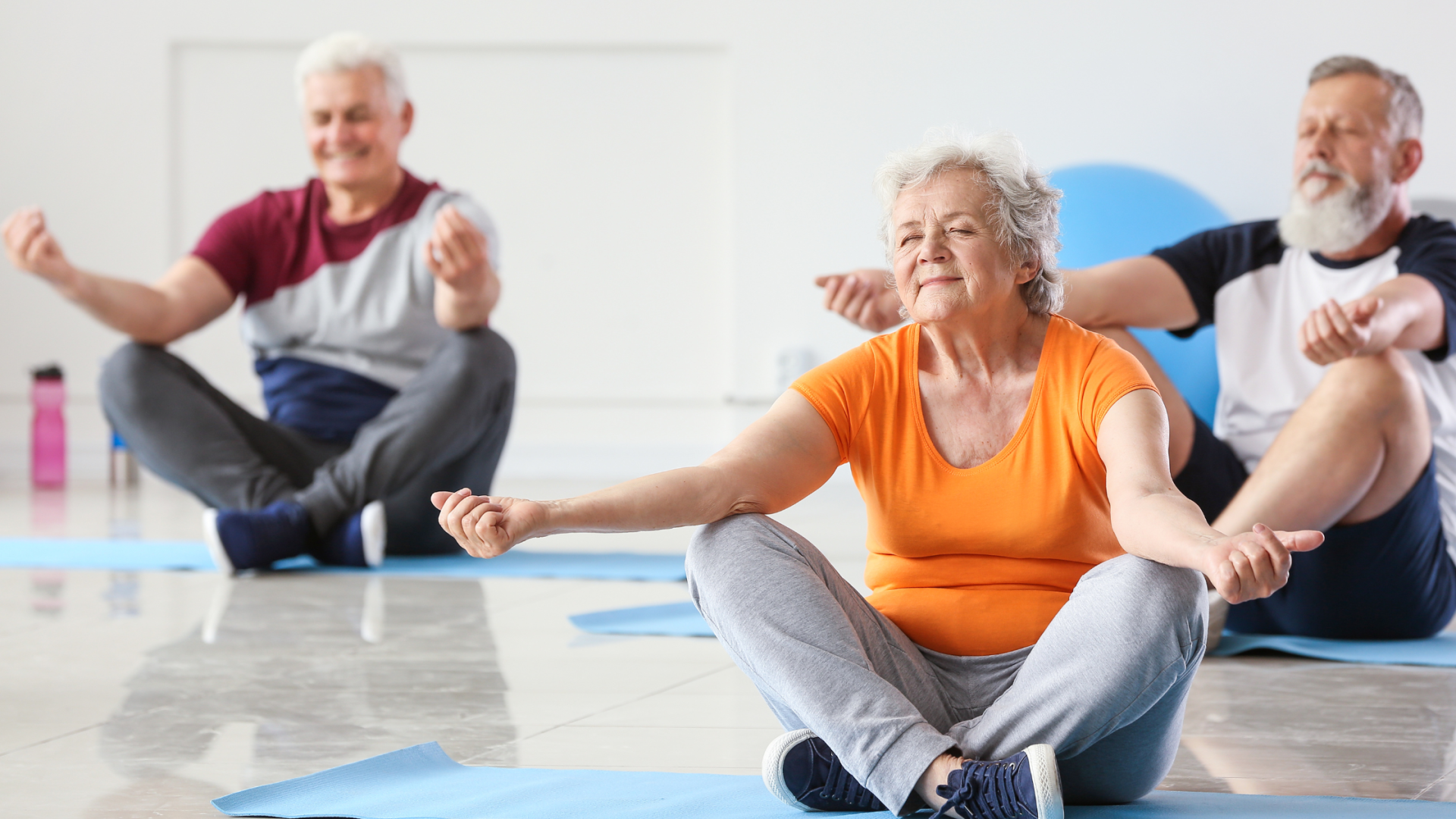
Join our mailing list for news and updates.

